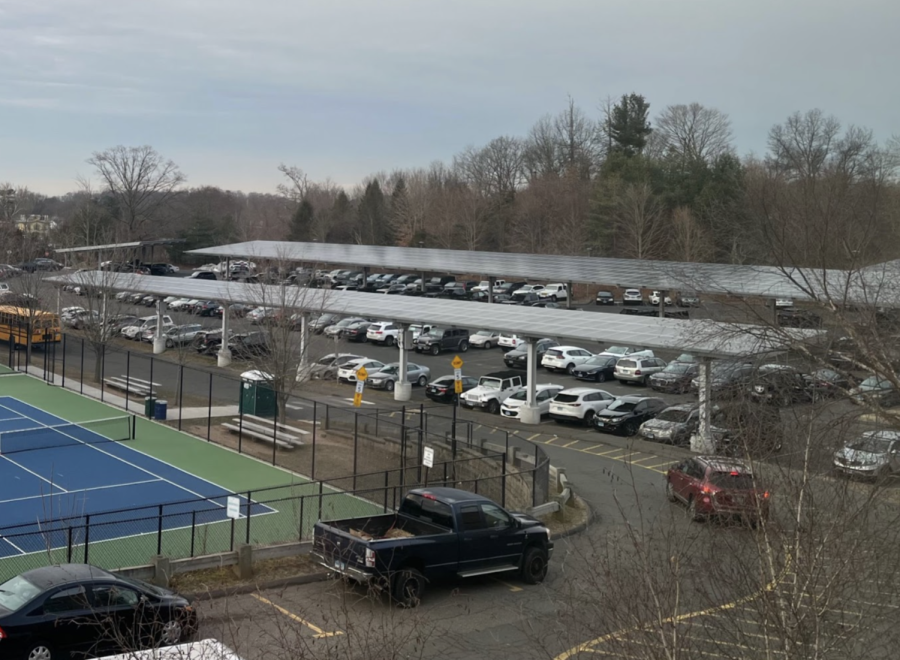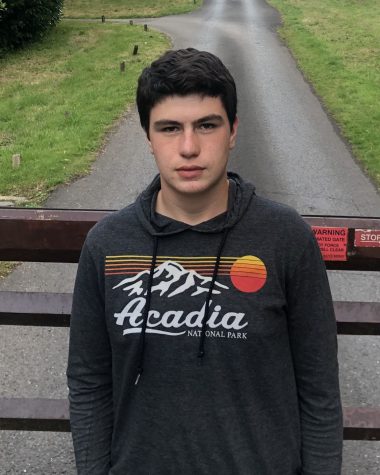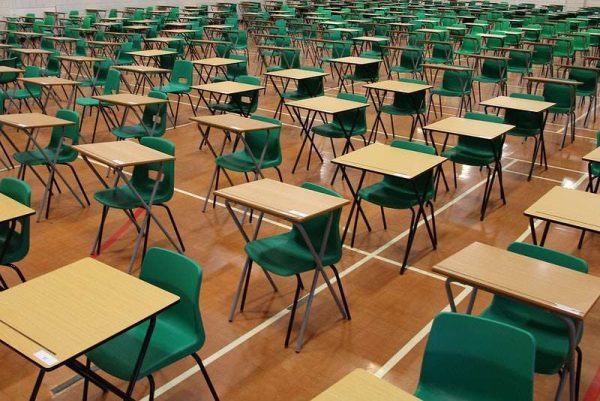The Future of Ludlowe Parking
FAIRFIELD, CT – The limited number of parking spaces available to students creates an overflow of drivers, who then park elsewhere, including on main roads.
As a result, many students have found themselves getting to the school earlier and earlier in an attempt to get a spot.
Fairfield Ludlowe High School (FLHS) has just 330 parking spots available to students, with 300 spots being reserved for parking permit holders and 30 spots on a first-come, first-serve system.
The number of eligible drivers, however, eclipses that number, with three grade levels contributing to the problem.
The free spots are available to any licensed students, but fill up quickly. Junior Lance Orriss commented that he arrives at the school at 6:30 am, a full hour before first period, and the majority of the spots are usually filled.
Many student-drivers turn to parking down the hill, along Mill Plain Road by Sturges Park, which may be a quarter-mile from the school building itself. Sophomore Liam Forrest parks along the road, arriving around 7:05 am to get a spot.
Aniket Martins, a junior, parks at Sturges, and noted that the number of drivers “creates a lot of competition, so that the parking spots are basically completely filled up by 7:10.”
Head Principal Greg Hatzis noted that originally there were only 280 spots, but over the years, 50 more were added as the middle school was constructed on the other side of the campus.
According to Hatzis, “when the school was renovated to be a high school in 2003, they had to add the athletic field and tennis courts, which obviously took a chunk of land.” This meant that there was less space available for parking.
Students who cannot park at Sturges often park elsewhere. Junior Aidan Krollman arrived late to school, which meant he could not park at Sturges. Instead, he parked under the I-95 overpass on Unquowa Road; a much longer walk.
Hatzis also acknowledged that in the past, students have parked on neighboring residential roads, against the wishes of homeowners. “One year, the neighbors asked the police to ban all parking on side roads,” according to Hatzis.
As the year progresses, the number of sophomores and juniors with a drivers’ license increases, and with it, the number of students able to drive to school. As more students attempt to park, the spots fill earlier and earlier, with students acknowledging that earlier in the year they were able to get to school later and still get one of the free spots.
Martins suggested adding additional spots along the Mill Plain entrance road to Ludlowe High School. Martins argues that simply constructing more parallel spots along the existing roadway will ease congestion.
However, the feasibility of this solution has yet to be fleshed out, and the width of the existing road poses a problem to any parking along the side.
Hatzis brought up another potential solution, first suggested by students. This would be to rotate the free spots between a set number of drivers, with a certain number of people allotted one of the free spots for a week along a rotating schedule.
This would mean up to thirty drivers at a time would have a guaranteed spot. The potential solution would then rotate who can park in that spot to an additional thirty drivers.
That solution is not without its faults either. Hatzis mentioned that “there is no way to monitor it and the deans will not be available to help resolve those conflicts. If students design a system and get everyone on board, it will be up to the students to monitor it.”
Also, students who are in the rotation, but do not have a spot that week would still be forced to find parking elsewhere.
“The bottom line is that there is just not enough physical space around campus to add spots and we need more spots,” acknowledged Hatzis. He went on to say that “the ‘fix’ probably lies beyond the borders of the school.”







